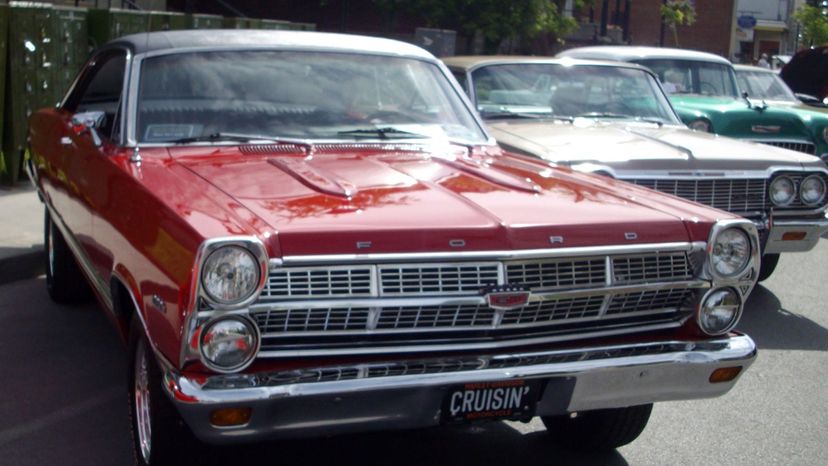
About This Quiz
It all started at the dawn of the 20th century for one of the most recognized brands in the world, let alone the United States. The Ford Motor Company saw the light of day in 1903 in Michigan. In five short years, Henry Ford had revolutionized the motor industry, thanks to his incredible Model T. Because he used interchangeable parts, introduced a production line and kept cost to a minimum, Ford took motoring to the people
In the space of 19 years, the Model T sold over 15 million units. Just think about it, those numbers are incredible for that time period. Demand was so huge that Ford opened factories in Great Britan and Europe, effectively taking his people car to the world.
By the time the '60s rolled along, Ford were one of the biggest brands on the market. They were reeling, however, from a model named after Henry Ford's son. This dud, canned in 1960, cost the company $2 million. That's not short change in that day and age. Yet in four years the company was thriving again, thanks to their first 'pony' car.
It's one whose identity you will have to guess in this quiz, along with a range of other popular Ford models, built both in the United States and even abroad.
Let's see if you are built Ford tough!
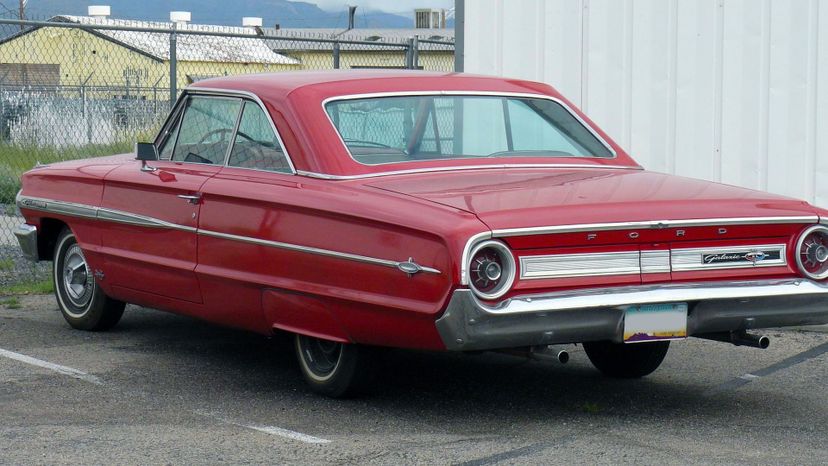
Built between 1958 and 1971, the Galaxie was so named to take advantage of the space race between the USSR and the United States. This vehicle was in direct competition to the Chevrolet Impala.
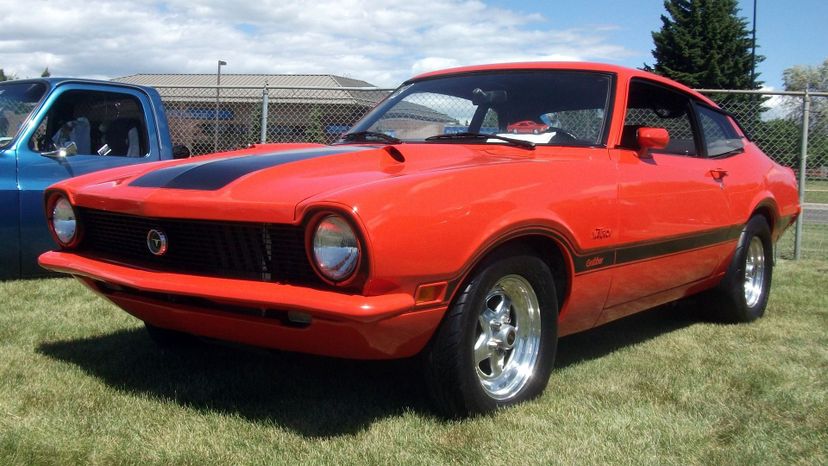
Produced from 1969 to 1977, the Marverick was a compact 2- or 4-door sedan. It came with a range of powerplant options, the biggest of which was a 5-liter V8.
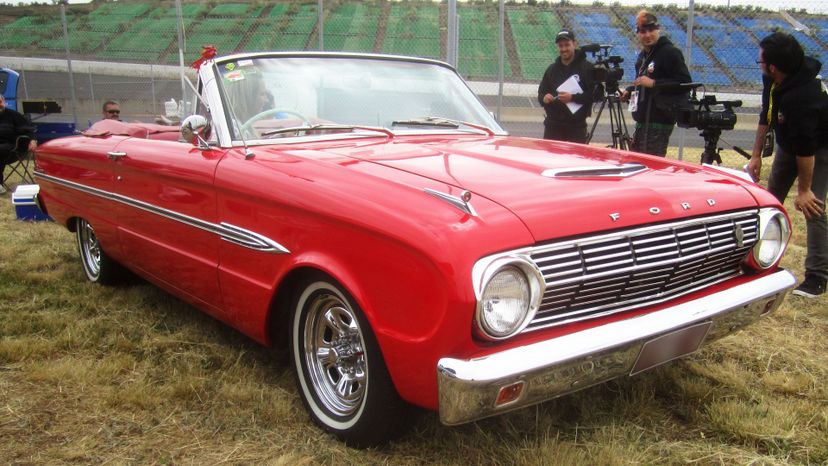
The Falcoln was a model offered by Ford in North America between 1960 and 1970. In that 10-year period, three generations were produced. The Falcon competed in the compact car segment.
Advertisement
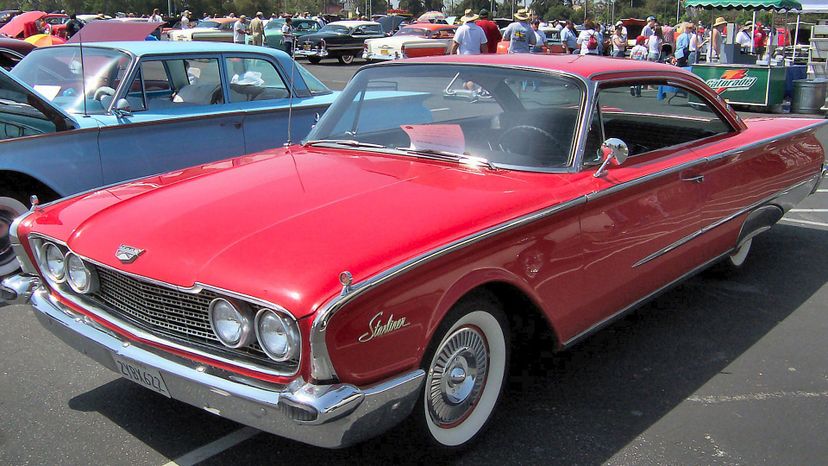
A fastback version of the Ford Galaxie, the Starliner was marketed by Ford from 1960 to 1961. The Starliner was a two-door hardtop powered by a V8 engine.

The Ford Country Squire was produced for an incredible 41 years between 1950 and 1991. There were three generations during the 1960s, all 4-door station wagons. The fourth generation produced from 1960 to 1964 was the companion car of the Ford Galaxie.
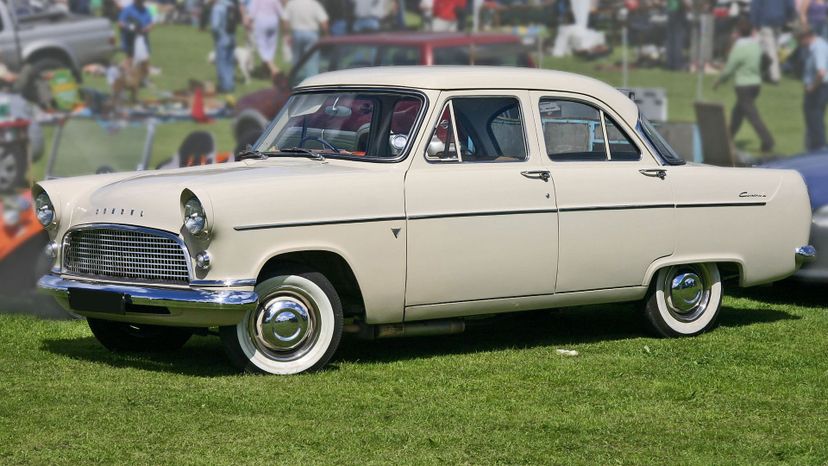
The Cortina was a product of Ford Britain and found throughout Europe between 1962 and 1982. It was extremely popular and the top seller in the United Kingdom in the 1960s.
Advertisement

The fourth generation of this classic Ford pickup was built between 1961 and 1966. A range of powerplant options was available, with the most powerful a 5.7-liter V8.
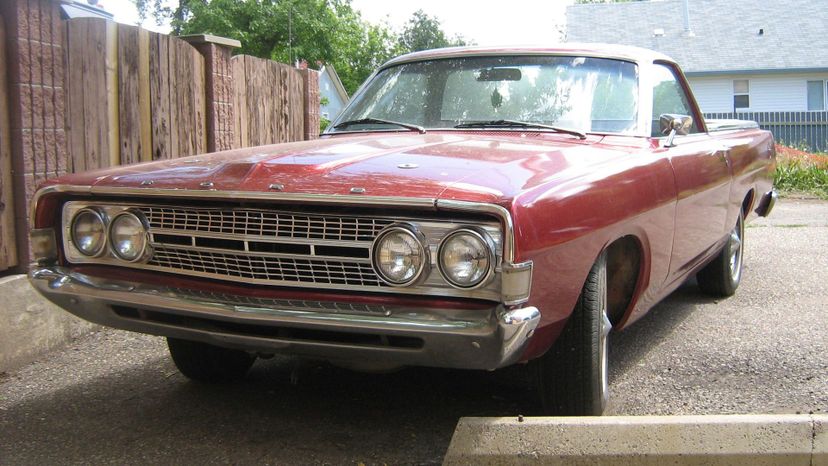
A utility coupe produced by Ford from 1957 to 1979, the Ranchero was actually adapted from a station wagon design. Over 500,000 Rancheros were sold in the 22 years it was produced. The '60s were served by three separate Ranchero models.

Starting out in the full-sized car segment, the LTD, produced by Ford for a 24-year period between 1962 and 1986. Interestingly, for most of the production run, the LTD was the largest sedan vehicle produced by Ford.
Advertisement

The Ford Escort was first released as a model in Europe in 1968. One of the most iconic Ford brands on the continent, six generations were produced over a 36-year period throughout the world.
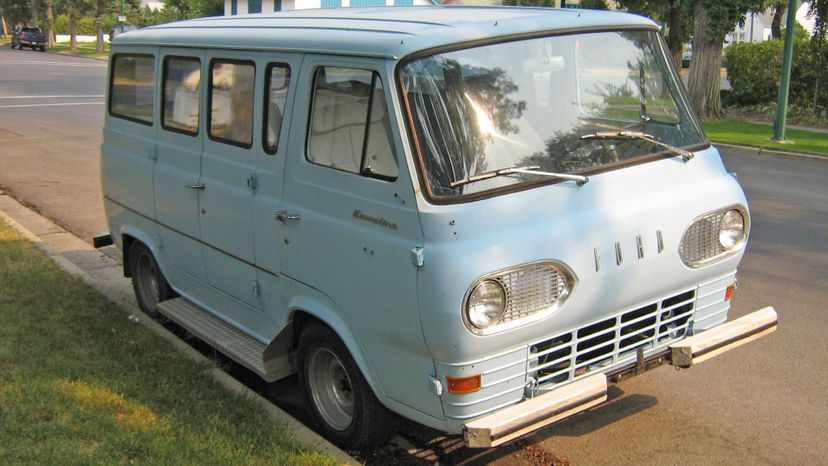
This van was first produced in 1961. Four different generations were built up until 2014 when the brand was replaced by the new Transit. The E-Series dominated the van market in North America, claiming well over 70% market share at times.

The Ford Fairlane was produced by Ford between 1955 and 1961 in the full-sized car segment and from 1962 to 1970 in the mid-sized car segment. Over this period, seven generations were produced.
Advertisement
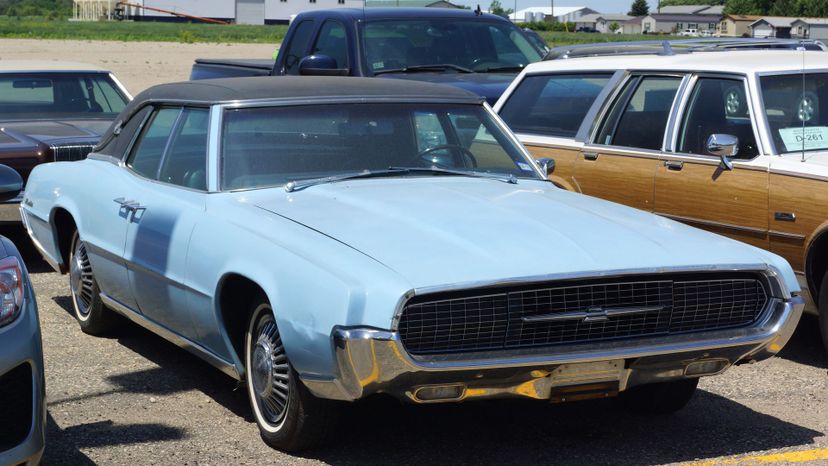
The Thunderbird was originally devised by Ford to compete with the first generation Corvette. Much debate rages whether this vehicle could be considered as a muscle car, but early models certainly displayed many traits adopted by muscle cars in the 1960s.
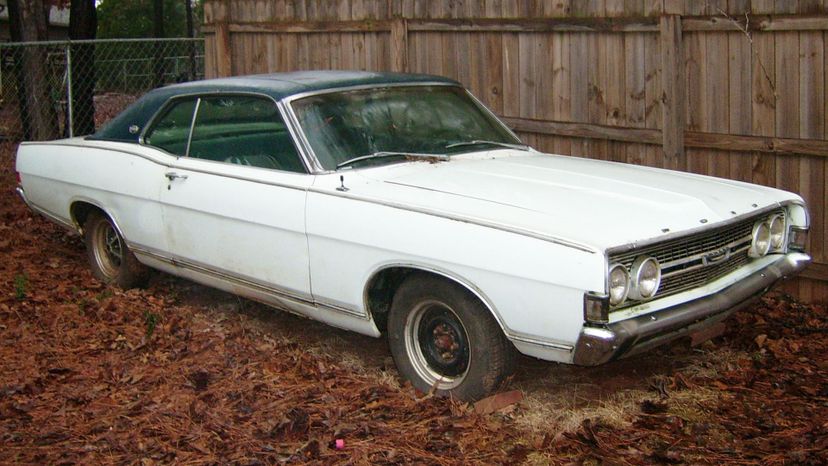
A mid-sized car model produced by Ford from 1968 to 1976, the Torino's most popular layouts included the two-door sedan.
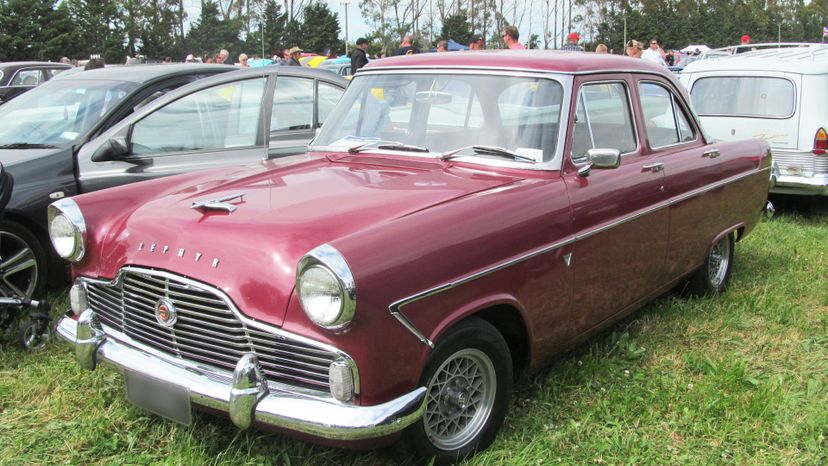
Made between 1962 and 1966, the Ford Zephr was a 4-door sedan or 5-door station wagon marketed in Europe. Powered by a 1.7-liter engine, the Zephr had a four-speed manual gearbox.
Advertisement
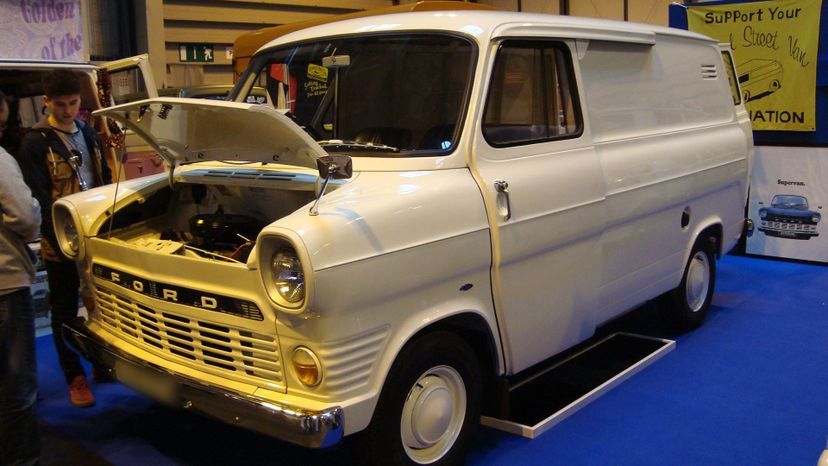
This light commercial van was first produced by Ford in 1965 and remains an important model in their lineup to this day. In fact, over the years, Ford has sold over 8 million Transits. Certainly, the Transit is a Ford legend.
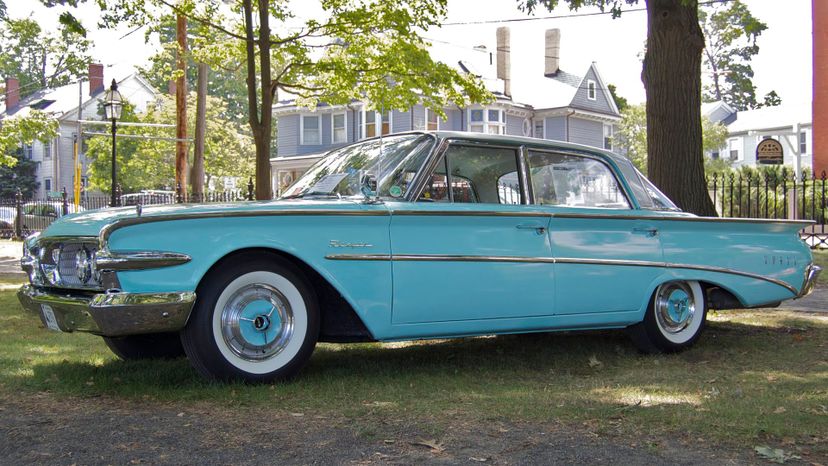
Named after Henry Ford's son, the Edsel was a massive flop and only sold between 1958 and 1960. It's not that the car was bad, it was just really overpriced. And that always turns people away!

A full-sized station wagon, the Country Sedan was offered by Ford in the United States for a period of over 20 years, from the 1950s to the 1970s. In the 1960s it was based on the Ford Galaxie and included many trim elements from that range.
Advertisement
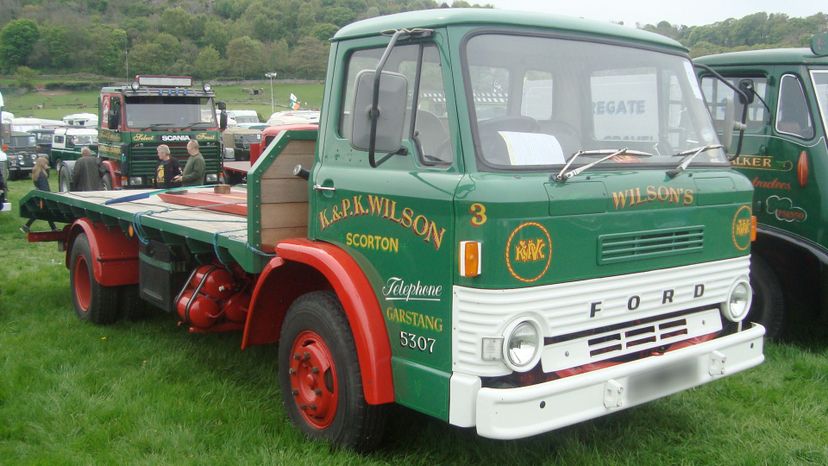
The Ford D Series was a light truck range produced by Ford in the United Kingdom.
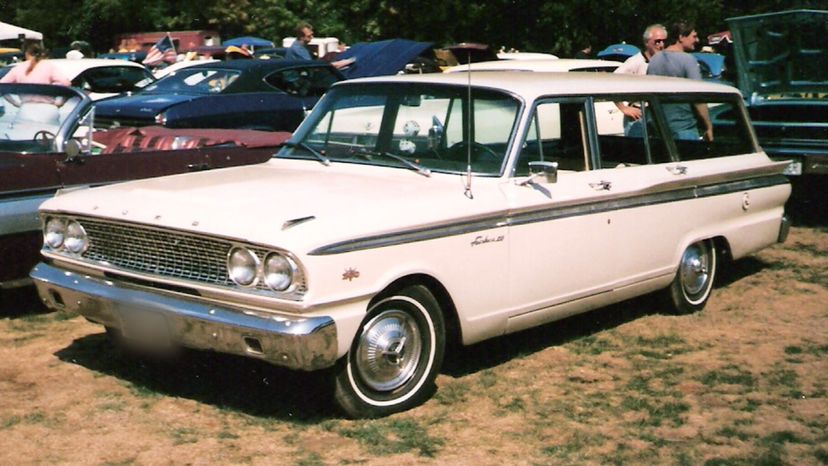
Originally a full-sized station wagon, the 1963 and 1964 models of the Ford Range Wagon were smaller after they were based on the Ford Fairlane. Three different V8 powerplant options were available for these models.
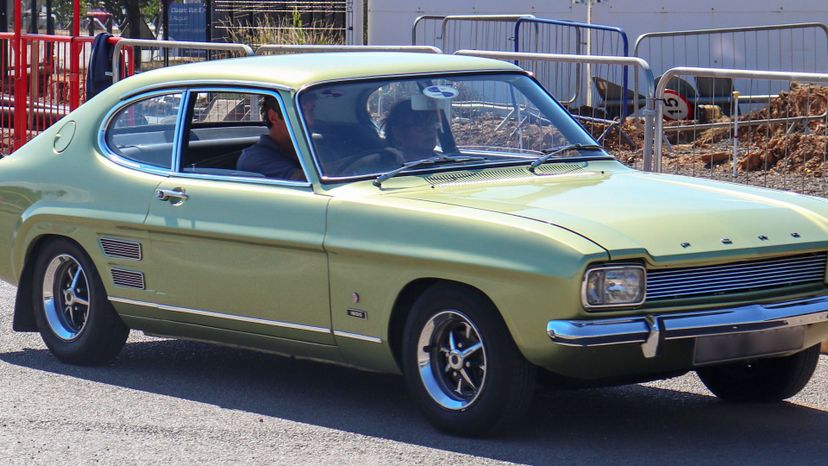
Designed by Phillip T Clarke, who also helped design the Mustang, the Capri was only released in both Europe and Australia. This fastback coupe was extremely popular, with the top of the range model, the Perana, powered by a 5.0-liter V8 engine
Advertisement

A special model of the Consul, the Ford Consul Classic was marketed between 1961 and 1963 in the United Kingdom. It was marketed as both a 2-door and 4-door saloon in the compact car class.
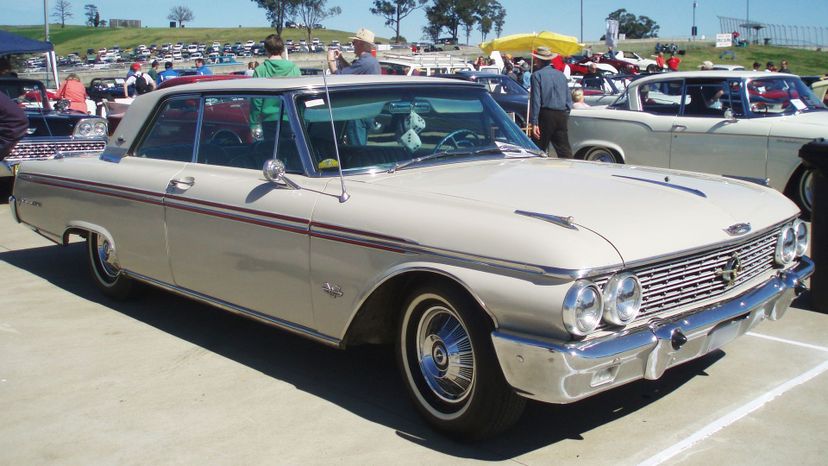
A special model of the Ford Galaxie, the XL was introduced in 1962. It was available as a 2-door vehicle, both hardtop or convertible.
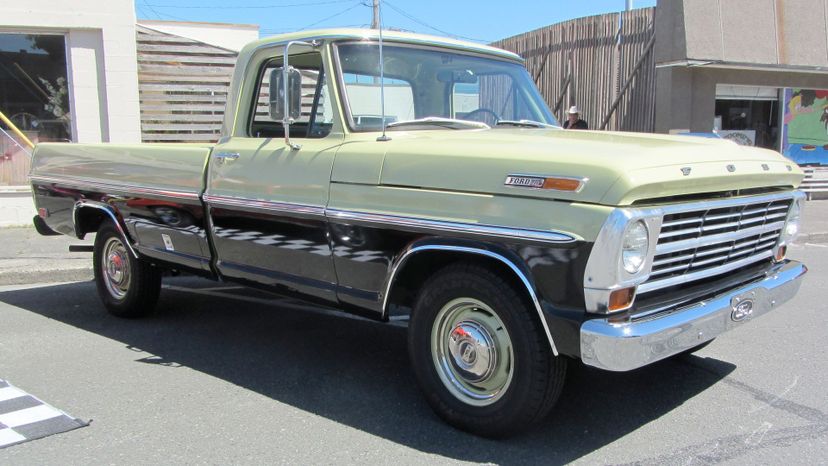
The fifth generation of this classic Ford pickup was built between 1967 and 1972. Interestingly, a variant of this vehicle was still produced in Brazil in the early 2000s.
Advertisement
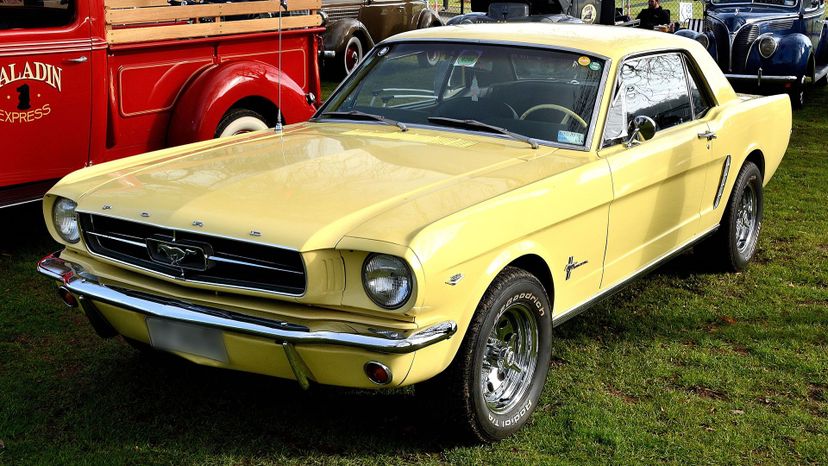
Arguably the most iconic muscle car ever, the Mustang was first released in 1965. It proved one of the most popular debuts ever and within a year, 400,000 units had been sold which quadrupled Ford's sale estimates.
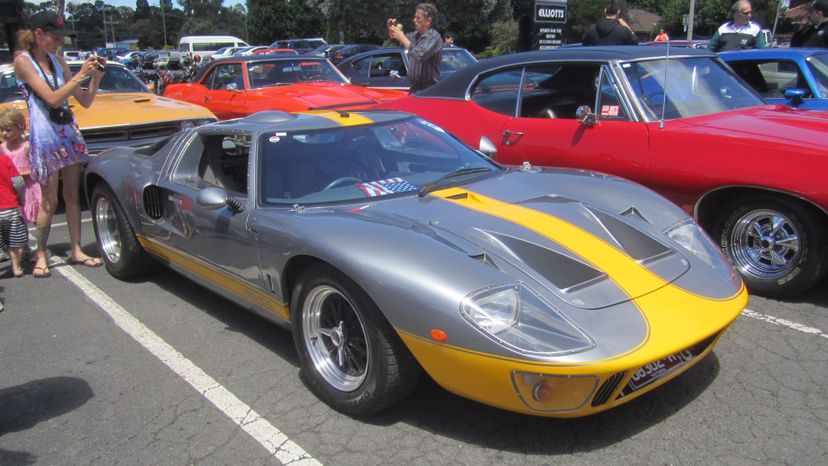
The first generation of the GT40 won the prestigious Le Mans 24-hour endurance race for four straight years from 1966 to 1969, which included filling out the top three positions in 1966. Only 105 were produced. One was recently sold for $11 million at auction.
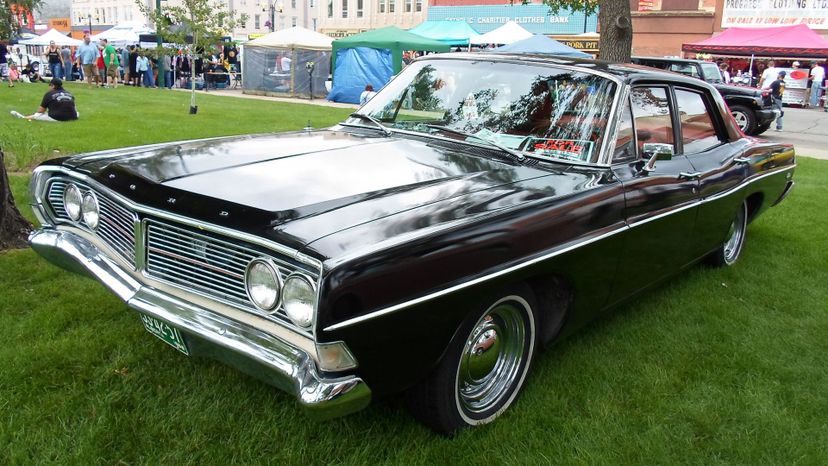
The Custom model has a long history with Ford. It was first produced in 1949 and marketed until 1981 in various guises. In the 1960s, the Custom 500 was a lower cost model, stripped of any extra trim elements. Most models were powered by small block V8 motors.
Advertisement
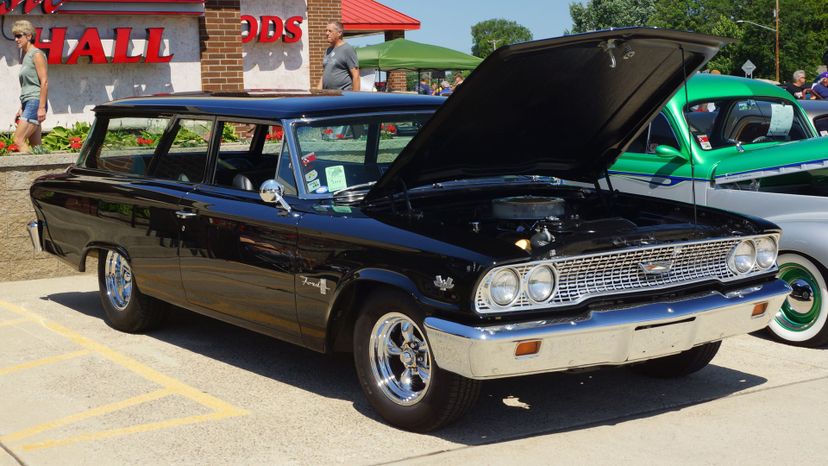
The Ford 300 was built for only one year - 1963. It was essentially a Galaxie but with the barest of trim. This model was used by police and various taxi services around the United States.
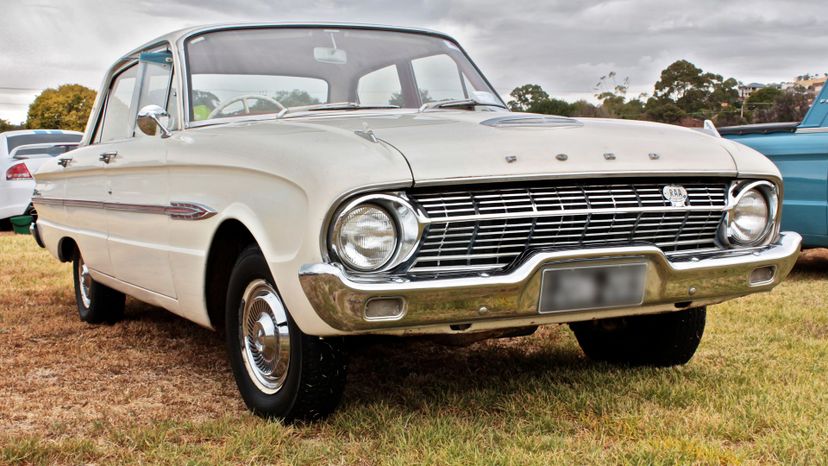
The Futura was first released by Ford Australia, where it formed part of the Falcon range.
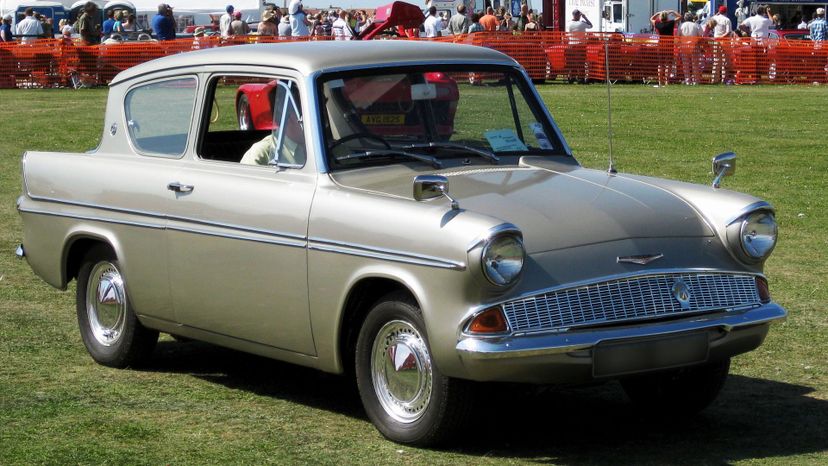
Produced in Australia, South Africa and the United Kingdom, the Anglia was never released in the United States. Over 1 million models were sold between 1960 and 1967.
Advertisement
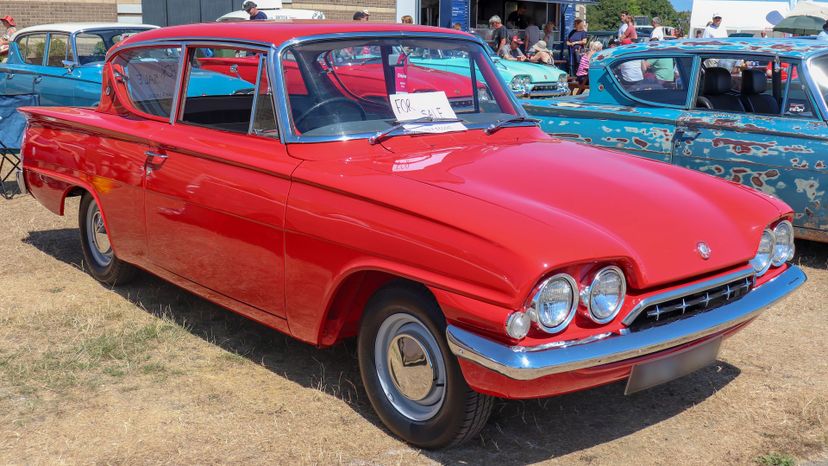
The Consul was built in Europe in two time periods, first from 1951 to 1962 in the United Kingdom and then again from 1972 to 1975 in both the United Kingdom and Germany. It was never released in the United States.
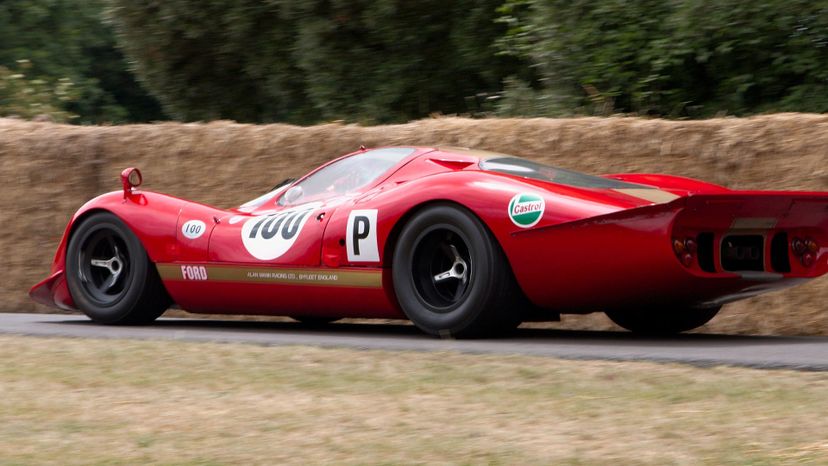
The Ford P68, also known as the F3L was a prototype racecar built in the United Kingdom. Despite its incredible looks and racing potential, it proved to be very unstable especially at high speed. It never won a race it entered.
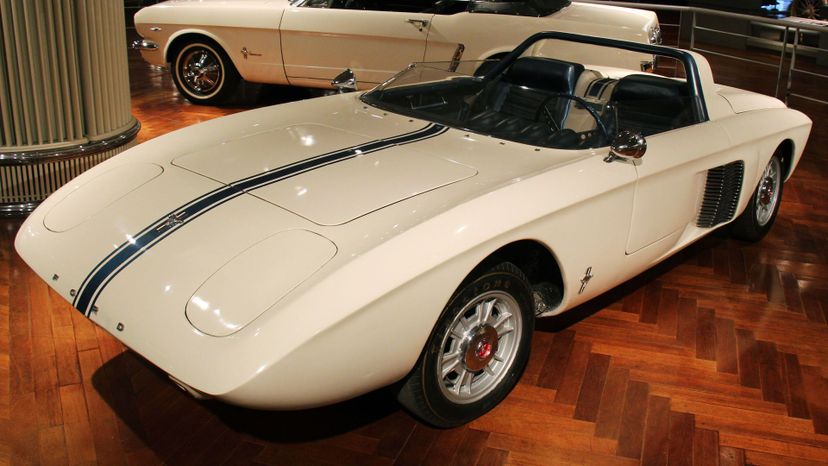
First shown in 1962, the Mustang 1 is considered the prototype for the Mustang brand first marketed 3 years later. This two-door roadster had little in common with the final vehicle, however, other than giving it a name.
Advertisement

A product of Ford Germany, the Taunus was marketed in various guises for a long period from the early 1950s onward. In the 1960s the P4 version of this vehicle, essentially a small family car, was marketed between 1962 and 1966. Interestingly, the Taunus was originally to be sold in the United States but it never was.

The first 4x4 Bronco hit the trails in 1966 and between that year and 1977, proved to be a more than capable off-roader. Blessed with a turning circle of just 33.8 feet, thanks to a wheelbase of 92 inches, later models also included a Ford V8 engine with incredible torque.